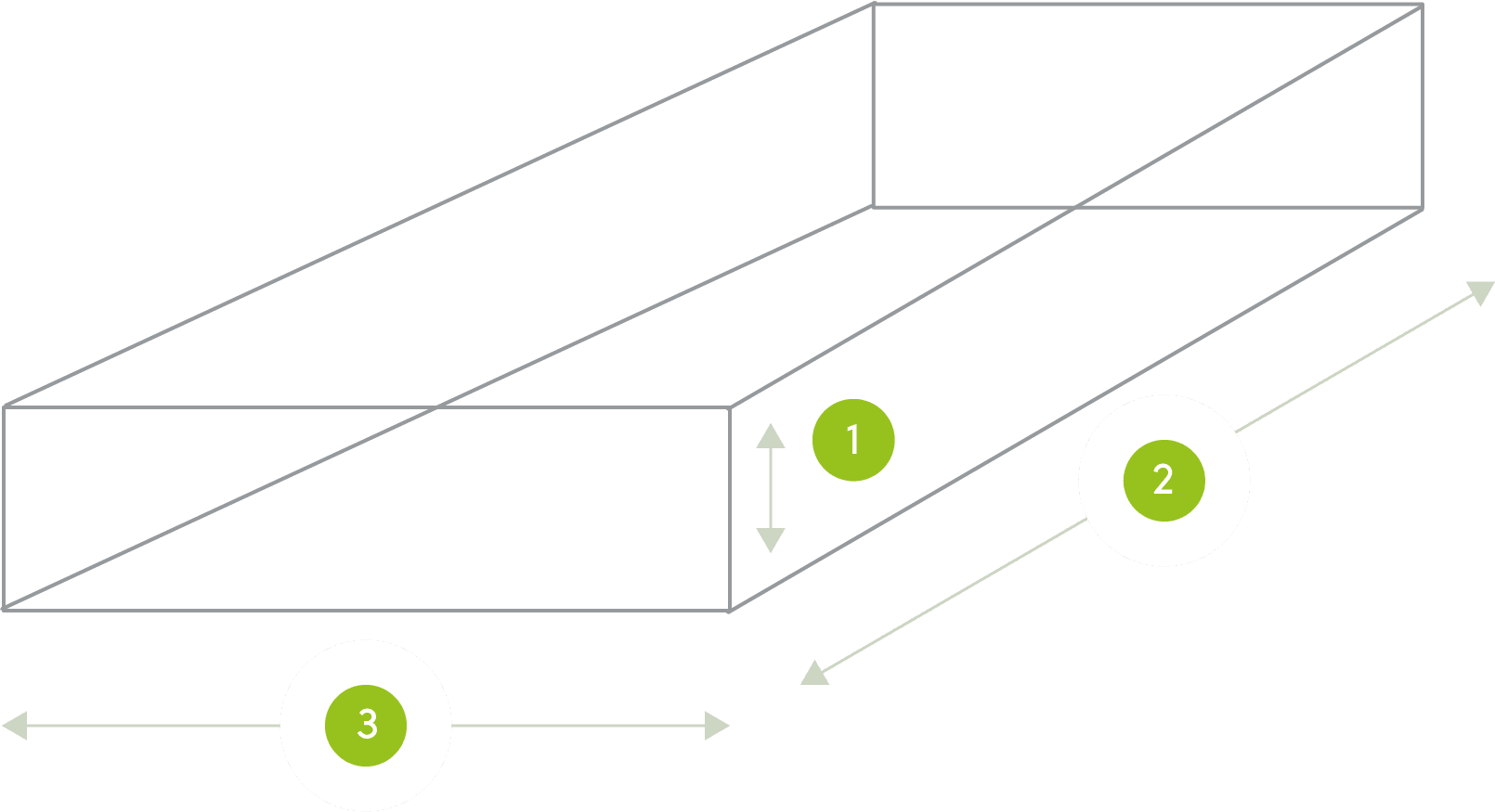Eco Crushed Sea Shell Mulch
Code: ECO-SS
From£15.99 View ProductGardenhub's eco range of aggregates is perfect for those looking for greener, sustainable products which still have a wide range of uses.
This flexible range includes products made from recycled materials, for different purposes, whilst still helping gardeners – even beginners – to instantly transform their homes. Included in the range are GlassGlo's innovative selection are glass cobbles, pebbles and chippings which have been recycled from old glass TV screens which have been crushed and tumbled to create uniquely shaped and textured products which look stunning in gardens.
Another product is the Play safe recycled rubber chippings, which mimic standard stone chippings and bark but are made completely from used tyres. They are created using shreds of certain tyre types and are perfect for children's play areas because of their soft protective layer. Practically, they can be used as a long-lasting alternative to bark chippings, plus they are very easy to maintain and are 100% weather-resistant, ensuring longevity.
Showing all 5 results
What makes your eco aggregates environmentally friendly?
Our products are made from various recycled and repurposed products such as smoothed glass (from old televisions), rubber (from old tyres), and seashells. They offer several environmental benefits compared to traditional aggregates, including:
Read More
Can eco aggregates be used in the same way as traditional aggregates?
Yes, eco aggregates can generally be used in the same way as traditional aggregates in various construction and building applications. Here are some common uses for eco aggregates:
It’s important to note that the specific applications and suitability of eco aggregates may depend on factors such as the type of recycled material used, the size and grading of the aggregates, and any applicable local regulations or specifications. It’s always recommended to consult with engineers, architects, or construction professionals to ensure proper use and compatibility in specific projects.
Read More
How do your eco aggregates compare durability and longevity to traditional aggregates?
This generally depends on the material, as some are more biodegradable or durable than others.
Rubber aggregates, generally offer superior durability and longevity compared to traditional aggregates like gravel or sand. Here’s how they compare:
It’s important to note that the durability and longevity of rubber aggregates can vary depending on installation methods, and maintenance practices. Proper installation and periodic inspections can help ensure the continued effectiveness and durability of rubber aggregates in a given application.
Here’s a comparison between Glasglo glass aggregates and traditional aggregates in terms of durability and longevity:
Seashell aggregates, which are made from crushed seashells, have some differences in durability and longevity compared to traditional aggregates. Here’s a comparison between seashell aggregates and traditional aggregates in these aspects:
It’s important to consider the specific application and environmental conditions when choosing between seashell aggregates and traditional aggregates. Seashell aggregates are often preferred for their aesthetic appeal and suitability in certain contexts, but their durability and longevity may be relatively lower compared to traditional aggregates in some conditions. Regular maintenance and appropriate installation techniques can help maximize the lifespan of seashell aggregates.
Read More
Are eco aggregates safe for child play areas or pet play areas?
Rubber chippings, are a popular option for children’s play areas for several reasons:
While rubber chippings offer numerous benefits, it’s important to ensure that they meet safety standards and are installed and maintained properly to ensure their effectiveness as a safe play surface.
Eco aggregates can be safe for child play areas or pet play areas, but it’s essential to consider a few factors to ensure their suitability and safety:
Consulting with playground designers, landscape architects, or safety experts is recommended to ensure that the chosen eco aggregates meet the necessary safety standards for child and pet play areas. Additionally, local regulations and guidelines regarding playground safety should be followed to create a safe environment.
Read More
Can your eco aggregates be recycled?
Our Eco Aggregates are already recycled, and recycling them again depends on the product, or your area. There are a few avenues to consider exploring to recycle these products:
Recycled glass aggregates (Glasglo). One of the key advantages of using recycled glass aggregates is their ability to be recycled multiple times, contributing to a more sustainable and circular economy. Here’s how the recycling process generally works for recycled glass aggregates:
In the UK, there could be several options available for recycling rubber materials (rubber chippings). Here are a few places where you can recycle rubber in the UK:
In the UK, recycling options for seashells may be limited due to their organic nature and potential for contamination. However, there are a few places where you can explore potential recycling or reuse options for seashells:
Read More
What our customers say...

0
0
*This calculator is only intended as a rough guide to help you approximate the likely volume of gravel, slate or other aggregates needed for your project.
Browse our wide range of decorative aggregates and order today >>